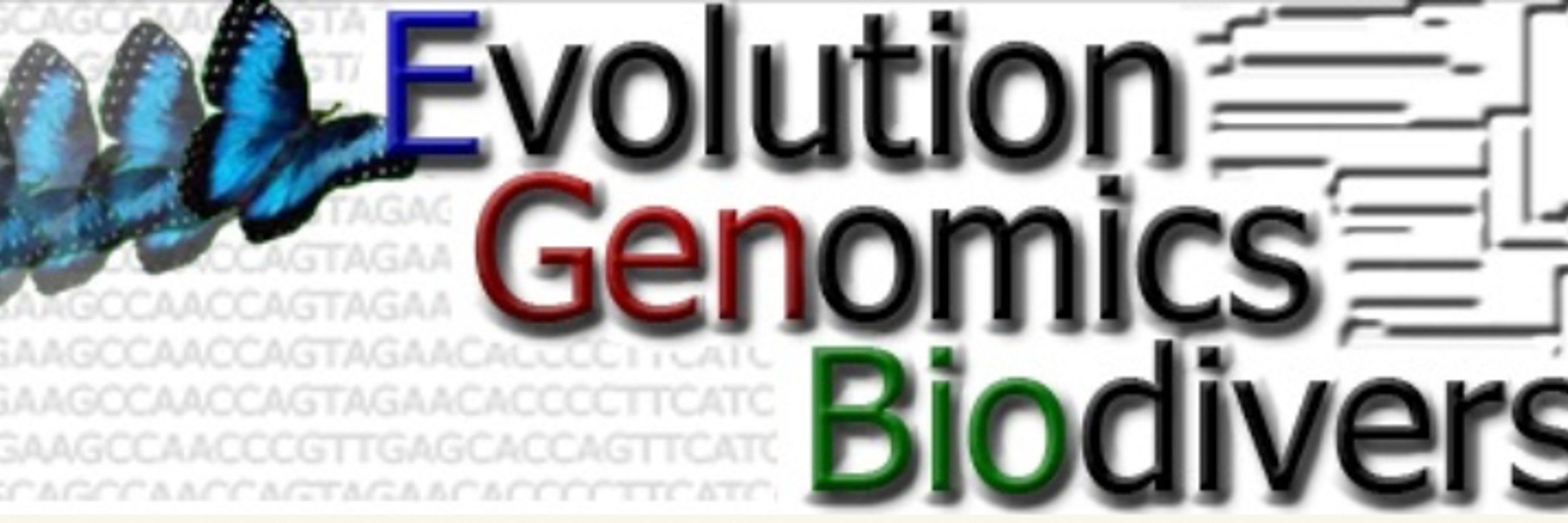David Pollock
@genomesevolve.bsky.social
550 followers
680 following
380 posts
Evolutionary and Mathematical Biology, sequence structure and function, genomes evolve, statistical theory and knowledge, empirical-theoretical interface, communication of evolutionary genetics, collaboratives, the mind-body problem, humanism
Posts
Media
Videos
Starter Packs
Reposted by David Pollock
Reposted by David Pollock







